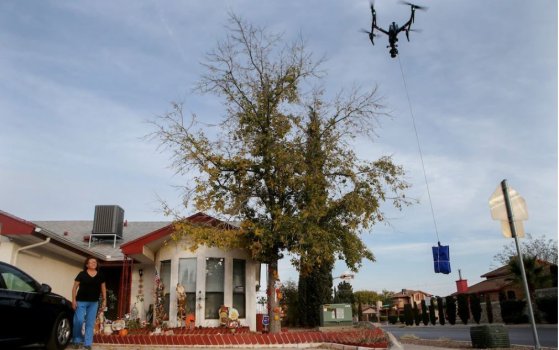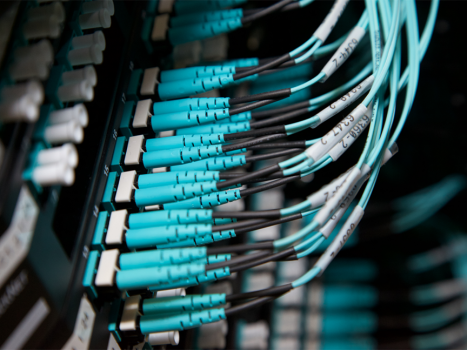Blockchain For The Common Good
- Technology Solutions
- 0 Replies
What do blockchains have in common with utilities and city councils? Believe it or not, all three are social entities.
Blockchains, and more broadly distributed ledgers, are composed of individual “nodes” run by a number of distinct participants. If the nodes are the individuals, the blockchain is the society. And as with any society, sound governance of these networks is a critical factor in their success.
In recent years, several companies have used blockchain technology to create new products and services. Two successful examples are DLA Piper’s tokenization platform TOKO and Avery Dennison’s connected cloud service, atma.io.
Blockchain is based in open-source transparency and comes with a critical level of trust baked in. That’s especially important in a post(ish)-pandemic landscape marked by supply chain fragilities, geopolitical instabilities and a growing range of cyber threats. In this environment, companies are under increased pressure to create transparent, accountable, reliable business networks that transcend their own boundaries.
Blockchain delivers on all these counts.
Blockchain for the people
Blockchain governance is complex, covering everything from geographical and technological decentralization to the release of new functionalities on the network, the cost of transactions, the response to regulators, and the software roadmap.
Continue reading: https://www.forbes.com/sites/servicenow/2022/06/13/blockchain-for-the-common-good/?sh=4a4115956b76
Blockchains, and more broadly distributed ledgers, are composed of individual “nodes” run by a number of distinct participants. If the nodes are the individuals, the blockchain is the society. And as with any society, sound governance of these networks is a critical factor in their success.
In recent years, several companies have used blockchain technology to create new products and services. Two successful examples are DLA Piper’s tokenization platform TOKO and Avery Dennison’s connected cloud service, atma.io.
Blockchain is based in open-source transparency and comes with a critical level of trust baked in. That’s especially important in a post(ish)-pandemic landscape marked by supply chain fragilities, geopolitical instabilities and a growing range of cyber threats. In this environment, companies are under increased pressure to create transparent, accountable, reliable business networks that transcend their own boundaries.
Blockchain delivers on all these counts.
Blockchain for the people
Blockchain governance is complex, covering everything from geographical and technological decentralization to the release of new functionalities on the network, the cost of transactions, the response to regulators, and the software roadmap.
Continue reading: https://www.forbes.com/sites/servicenow/2022/06/13/blockchain-for-the-common-good/?sh=4a4115956b76
























